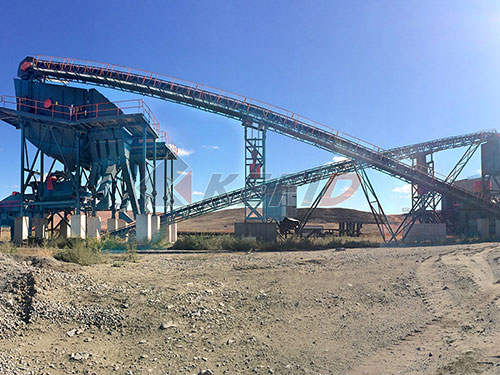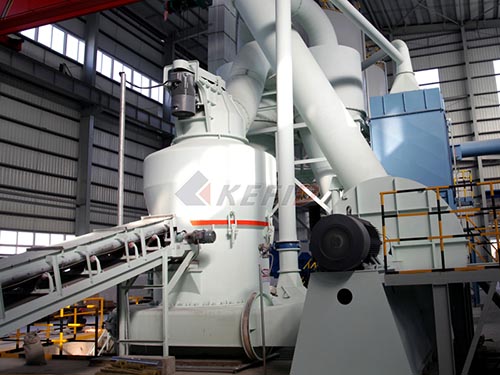Rock Crushing Equipment: The Engine of Construction and Mining

From towering skyscrapers to smooth highways, the modern built environment relies heavily on aggregates – crushed stone, sand, and gravel. Producing these essential materials efficiently and to precise specifications is the critical task of rock crushing equipment. This machinery forms the backbone of quarries, mining operations, and recycling plants worldwide, transforming blasted rock or oversized rubble into usable products through a series of controlled size reduction stages.
Understanding the Crushing Circuit
Rock crushing is rarely a single-step process. Instead, it employs a multi-stage system, often referred to as a crushing circuit or plant:
1. Primary Crushing: This initial stage tackles the largest feed material directly from the blast site or quarry face. The goal is coarse reduction.
Equipment: Jaw Crushers dominate here. Their robust design features two vertical jaws – one fixed, one moving – that create immense compressive force to break large rocks (often up to several feet in diameter) down to manageable sizes (typically 6-12 inches). Gyratory Crushers are also used for very high-capacity primary applications.
2. Secondary Crushing: Material from the primary crusher undergoes further size reduction here.
Equipment: Cone Crushers are workhorses in secondary crushing. They operate by compressing rock between an eccentrically gyrating mantle and a stationary concave liner, producing more cubical product shapes ideal for concrete and asphalt aggregates.
Alternative: Impact Crushers utilize high-speed rotors and hammers/anvils to shatter rock through impact force rather than compression alone.

3. Tertiary/Quaternary Crushing: For applications demanding very specific sizes or finer materials (like manufactured sand), additional stages refine the product further.
Equipment: Cone Crushers (often configured differently), Vertical Shaft Impactors (VSIs – excellent for shaping aggregates and sand production), High-Pressure Grinding Rolls (HPGRs – efficient for fine grinding).
4. Screening: Integral throughout the process are vibrating screens that separate crushed material into different size fractions after each stage:
Oversized material is sent back (recirculated) to be crushed again.
Correctly sized material moves forward as finished product or to the next crushing stage.
Selecting the Right Equipment: Considerations
Choosing optimal rock crushing equipment isn’t one

Leave a Reply